Table of Contents
Introduction
Stick welding, also known as Shielded Metal Arc Welding (SMAW) or manual metal arc welding, is one of the oldest and most versatile welding processes used in various industries. It involves creating an electric arc between a flux-coated electrode and the workpiece, melting both the electrode and the base metal to create a strong, durable weld.
Stick welding has a long and storied history, dating back to the late 19th century. It was first developed in the early 1800s by Sir Humphry Davy, who discovered the concept of electric arcs. However, it wasn’t until the late 1800s that practical applications of this technology began to emerge. C. L. Coffin, an American electrical engineer, developed the first coated electrode in 1890, which laid the foundation for modern stick welding.
The technique gained significant popularity during World War I and World War II when it was used to manufacture various military equipment and ships. Since then, stick welding has evolved considerably, with advancements in electrode composition, welding machines, and safety equipment.
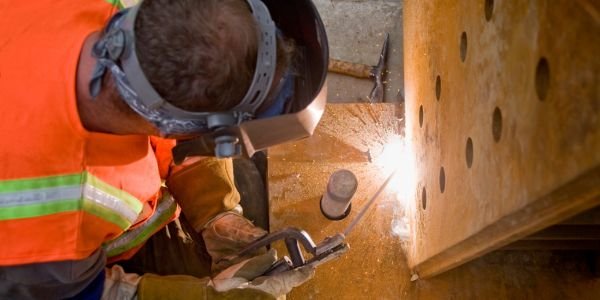
Equipment for Stick Welding
- Welding Machine: A stick welding machine, also known as an arc welding machine, provides the necessary electrical current for the welding process. These machines come in various sizes and capacities to handle different welding tasks.
- Electrodes: Electrodes are consumable metal rods coated with a flux material. The flux serves multiple purposes, including providing a shielding gas to protect the weld from atmospheric contamination, stabilizing the arc, and removing impurities from the weld pool.
- Welding Cables: Welding cables connect the electrode holder and work clamp to the welding machine. They carry the electrical current required for the welding process.
- Electrode Holder: The electrode holder, sometimes called a stinger, is a device that holds and manipulates the electrode during welding. It also conducts electrical current from the welding machine to the electrode.
- Work Clamp: The work clamp, also known as the ground clamp, connects to the workpiece and completes the electrical circuit. It ensures a stable welding current and proper grounding.
Working of Stick Welding
The working principle of stick welding, also known as Shielded Metal Arc Welding (SMAW), involves creating an electric arc between a consumable electrode and the workpiece, resulting in the melting of both the electrode and the base metal. This molten material then cools and solidifies, forming a strong and durable weld joint. Let’s break down the process step by step:
- Power Source: Stick welding requires a welding machine or power source to generate the necessary electrical current. These machines come in various sizes and types, including AC (Alternating Current) and DC (Direct Current) machines, depending on the welding application.
- Electrode Selection: The welder chooses an appropriate electrode based on the material being welded, the welding position, and the specific welding requirements. Electrodes consist of a metal core wire coated with a flux material.
- Electrode Holder: The electrode holder, also known as the stinger or electrode clamp, is a handheld device that holds the electrode. It is connected to the welding machine via a welding cable. The electrode holder conducts electrical current from the machine to the electrode.
- Work Clamp: The work clamp, also called the ground clamp, attaches to the workpiece being welded. It completes the electrical circuit, allowing the electrical current to flow from the electrode, through the workpiece, and back to the welding machine.
- Arc Formation: When the welder strikes the electrode against the workpiece and then pulls it slightly away, an electric arc is created. The arc generates extremely high temperatures, causing the tip of the electrode and a portion of the workpiece to melt.
- Flux Coating: As the electrode melts, the flux coating on the electrode also begins to burn. The flux serves multiple crucial purposes:
- It releases a shielding gas that protects the molten weld pool from atmospheric contamination, such as oxygen and nitrogen, which can cause defects.
- It stabilizes the arc by providing a consistent environment for the welding process.
- It forms a layer of slag over the weld bead, which protects it as it cools and solidifies.
- Weld Pool Formation: The molten metal from both the electrode and the workpiece combines to form a pool. The welder carefully manipulates the electrode and controls the arc’s length, travel speed, and direction to ensure proper fusion and penetration.
- Solidification: As the weld pool cools, the molten metal solidifies, creating a strong bond between the two pieces of metal. The slag from the flux coating also solidifies on top of the weld bead.
- Slag Removal: After completing a weld pass or joint, the slag must be removed. This is typically done by chipping or brushing it away once it has cooled and hardened. Slag removal is essential to inspect the quality of the weld and prepare the surface for additional passes if necessary.
- Repeat and Overlapping Passes: In many cases, multiple passes may be required to achieve the desired weld size and strength. Welders may need to overlap their passes and carefully control their travel speed and technique to build up the weld.
- Cooling: Once the welding is complete, the welded joint undergoes natural cooling. Proper cooling is essential to prevent the development of weld defects or residual stresses.
- Inspection and Quality Control: The finished weld is inspected for defects such as cracks, porosity, and incomplete fusion. Non-destructive testing methods, such as visual inspection, radiographic testing, or ultrasonic testing, may be used to ensure the weld’s integrity.

Stick Welding Techniques
Successful stick welding requires skill, practice, and a good understanding of the following techniques:
- Electrode Angle: The angle at which you hold the electrode relative to the workpiece is crucial. A slight tilt in the direction of travel (typically 10-15 degrees) helps control the weld pool and prevents the electrode from sticking.
- Arc Length: Maintaining the correct arc length is essential. Too short a distance can result in a stuck electrode or uneven weld, while too long a distance can cause the arc to extinguish.
- Travel Speed: The speed at which you move the electrode along the joint affects the weld bead’s shape and penetration. A steady, consistent speed is key to achieving high-quality welds.
- Weaving: For wider welds or to ensure an even distribution of heat, a weaving motion can be employed. This involves moving the electrode from side to side while maintaining a consistent travel speed.
- Rod Angle: The angle of the electrode in relation to the workpiece can influence the weld’s shape and penetration. A slight push or drag angle is often recommended, depending on the welding position and joint type.
Advantages of Stick Welding
- Versatility: Stick welding can be used on a wide range of materials, including steel, stainless steel, cast iron, and even some non-ferrous metals.
- Portability: Stick welding equipment is relatively compact and portable, making it suitable for remote or on-site welding jobs.
- Cost-Effective: Stick welding machines are often more affordable than other types of welding equipment, making them accessible for small businesses and hobbyists.
- Outdoor Use: Stick welding is less sensitive to environmental conditions, making it suitable for outdoor welding, where wind and weather can affect other processes.
- Simple Setup: Setting up a stick welding machine is straightforward, making it accessible for beginners.
Disadvantages of Stick Welding
Here are some of the notable disadvantages of stick welding:
- Limited Welding Positions: Stick welding is less versatile than some other welding processes like TIG or MIG when it comes to welding positions. It is more challenging to weld in overhead or vertical positions, requiring greater skill and technique.
- Lower Welding Speed: Stick welding typically has a slower deposition rate compared to processes like MIG or flux-cored arc welding. This can make it less efficient for large-scale projects and production welding.
- Visible Flux Residue: The flux coating on stick electrodes produces visible slag and smoke during welding. This can obstruct the welder’s view of the weld pool, making it harder to control and monitor the weld’s quality.
- Post-Weld Cleanup: After stick welding, the slag created by the flux coating needs to be chipped or brushed away, adding time and labor to the welding process. This step is not required in some other welding methods.
- Quality and Consistency: Achieving consistent high-quality welds with stick welding can be challenging, especially for novice welders. Proper electrode selection and welding technique are critical, and there’s a higher risk of defects if not done correctly.
- Weld Appearance: Stick welds often have a rougher appearance compared to other welding processes. While this doesn’t necessarily affect the weld’s strength, it may be less aesthetically pleasing, which matters in some applications.
- Electrode Changes: Stick welding requires frequent electrode changes as the electrode is consumed during the welding process. This can disrupt workflow, especially in applications where continuity is essential.
- Limited Material Thickness: Stick welding is best suited for medium to thick materials. It is less effective and efficient for welding very thin materials, as it can cause burn-through and warping.
- Skill and Training: Achieving proficiency in stick welding can take time and practice. Novice welders may find it more challenging to learn compared to some other welding processes.
- Safety Concerns: Stick welding produces fumes, smoke, and sparks that can be hazardous to the welder’s health. Adequate ventilation and personal protective equipment (PPE) are crucial to mitigate these risks.
Applications of Stick Welding
Stick welding finds applications in various industries, including:
- Construction: Stick welding is commonly used in the construction of buildings, bridges, and infrastructure.
- Shipbuilding: It played a significant role in the construction of ships during the world wars and is still used in shipbuilding today.
- Repair and Maintenance: Stick welding is ideal for repair and maintenance work, such as fixing heavy machinery, pipelines, and agricultural equipment.
- Oil and Gas: In the oil and gas industry, stick welding is used for pipeline construction and repair.
- Automotive: While not as common as other welding processes like MIG and TIG, stick welding is used in automotive repair and fabrication.
Stick welding, with its rich history and enduring popularity, remains an indispensable welding process in various industries. Its simplicity, versatility, and ability to withstand challenging environmental conditions make it a valuable skill for welders of all levels.
Whether you’re a novice looking to get started or an experienced welder seeking to expand your skills, stick welding is a fundamental technique worth mastering in the world of welding.
Also, read Hem/Hemming



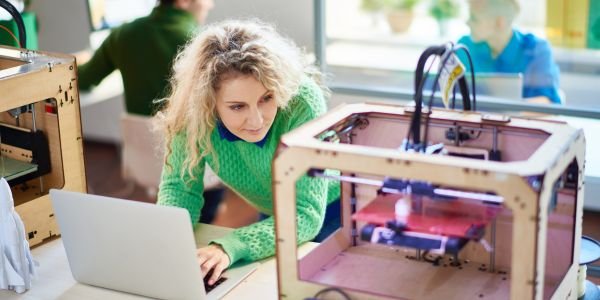

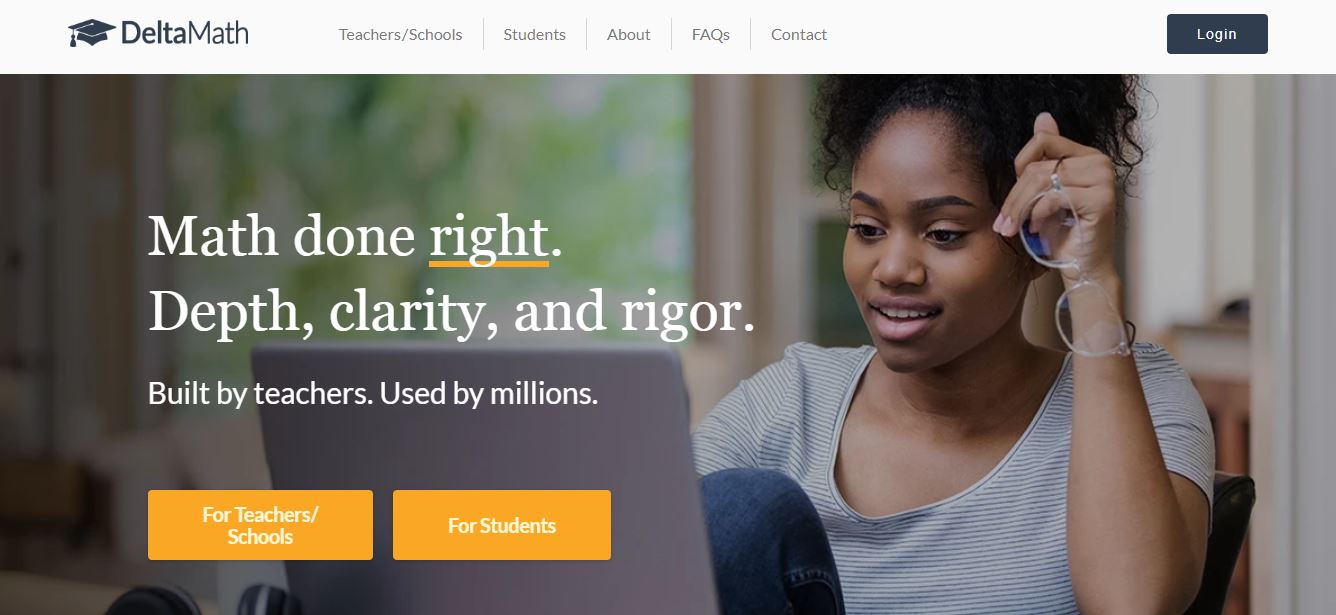
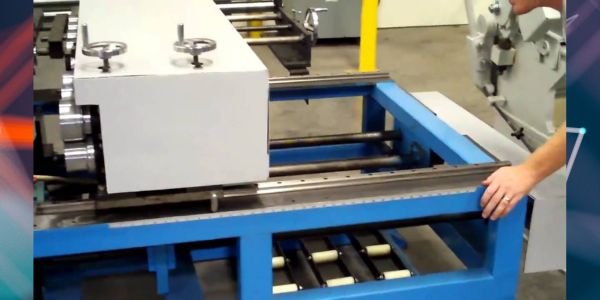





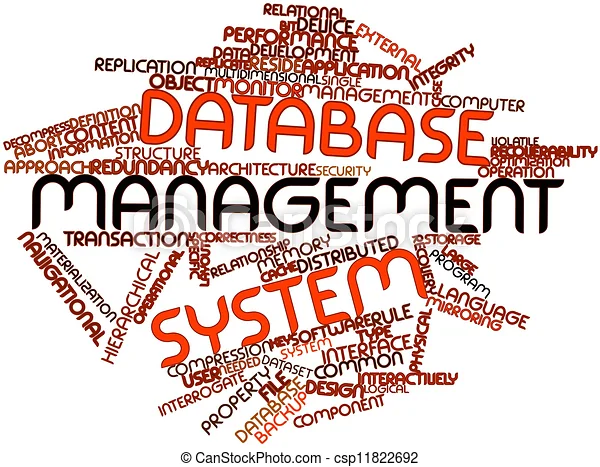
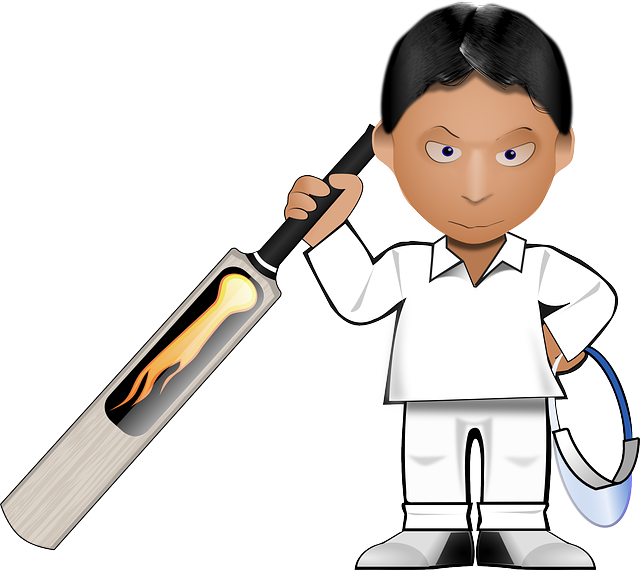
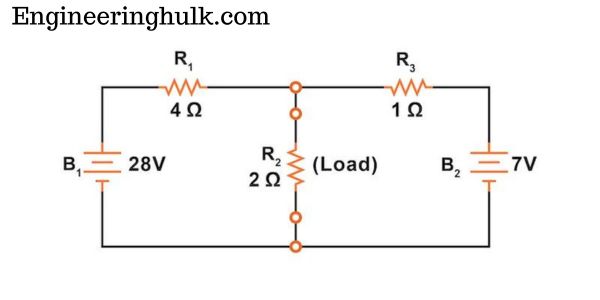
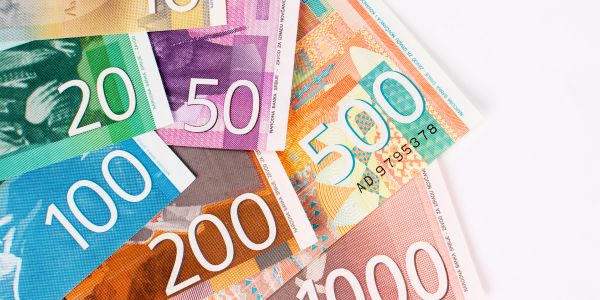
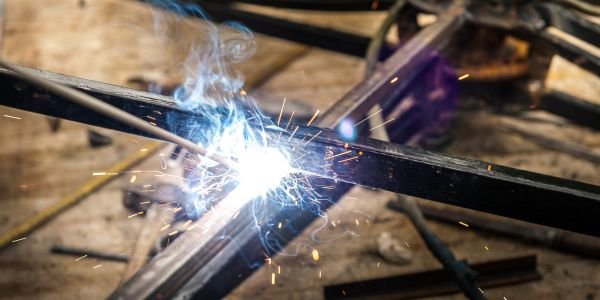
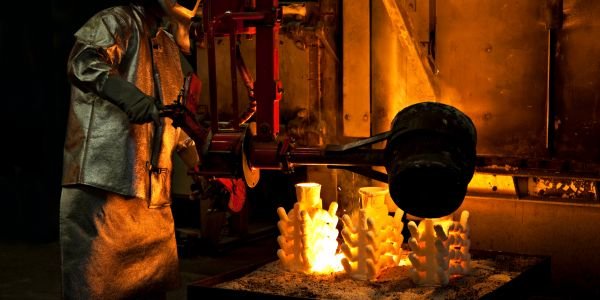



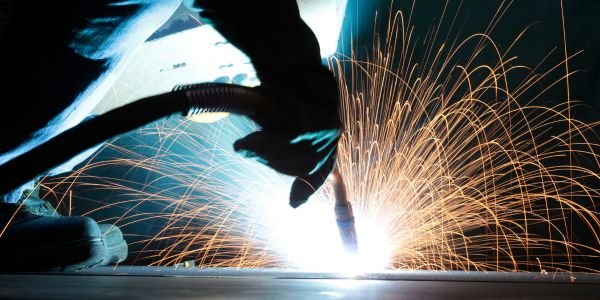
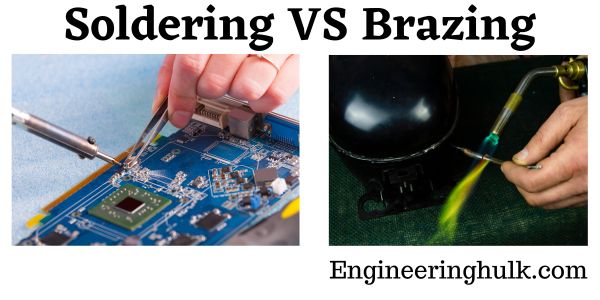


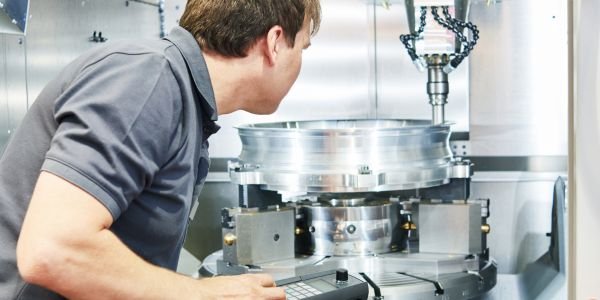





Comment on “Stick Welding: Equipment, Working, Techniques, and More”
Comments are closed.